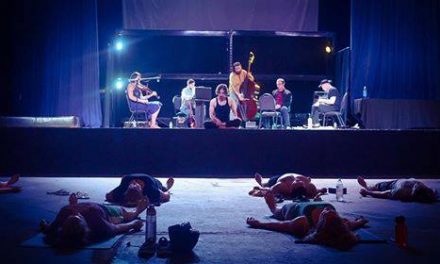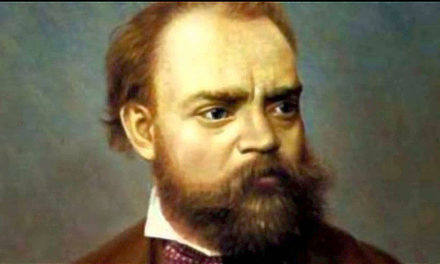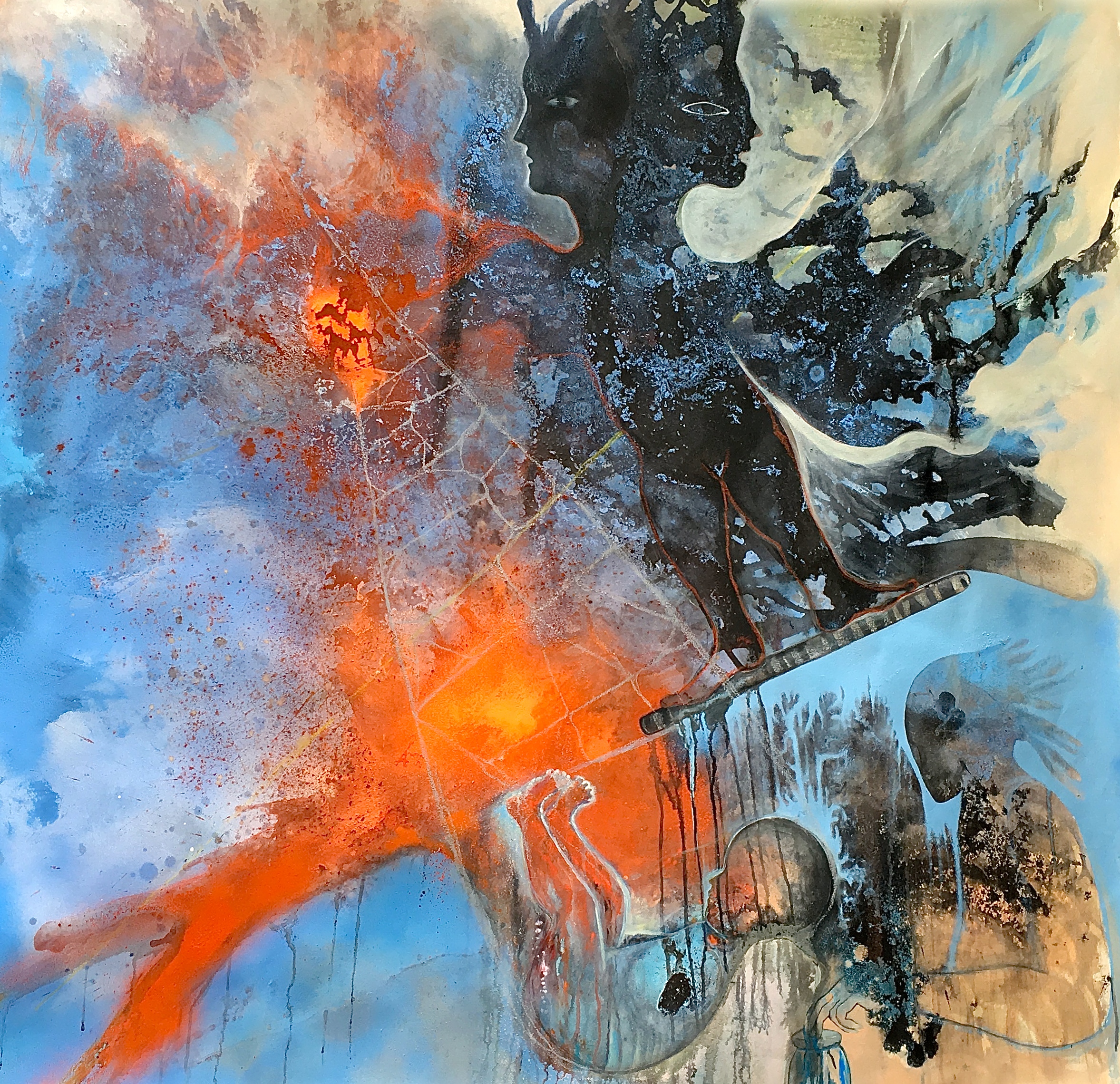“Don Quixote and Sancho Panza at a crossroad,” by Wilhelm Marstrand, 1847, Nivaagaard Museum, Denmark.
Louisville Orchestra Signature Classics Series
Don Quixote & Other Journeys
Vinay Parameswaran, conductor
Nicholas Finch, cello
Jack Griffin, viola
By Shaun Kenney
Entire contents are copyright © 2019 Shaun Kenney. All rights reserved
The composers featured in this evening’s Louisville Orchestra program each used their creative musical abilities to depict a journey. One describes a very real journey to a lonely Scottish isle, another paints a picture of the frivolous yet idealistic journey of a self-proclaimed knight and his squire, and the third deals with a journey contained largely within one’s own mind.
Guest conductor Vinay Parameswaran opened the concert with Felix Mendelssohn’s The Hebrides, Op. 26 (“Fingal’s Cave”). Mendelssohn was inspired by an 1829 excursion to the island of Staffa, one of the uninhabited islands of the Inner Hebrides off the west coast of Scotland. Impressed by the natural beauty and wonder of the island, Mendelssohn immediately wrote down the opening theme of this composition and sent it in a letter to his sister Fanny. Further inspiration came from Fingal’s Cave, a sea cave formed from basalt columns, which later lent its name to the subtitle of the work. We hear the opening theme in B minor from the cellos, violas, and bassoon, echoed shortly after by the violins. The theme evokes the swirling of the sea around the mouth of the cave and the composer adds in the brass and woodwind sections, utilizing crescendo and decrescendo to illustrate the crashing of the waves on the rock. The cellos and bassoons, joined shortly after by the clarinets, also introduce the second theme in D Major. The work is sparsely orchestrated with 2 flutes, 2 oboes, 2 clarinets, 2 bassoons, 2 horns, 2 trumpets, strings, and timpani and yet seems dense and rich, justly exhibiting the majesty of the sea and the cave that it created.
The titular selection on the program was Don Quixote, Op. 35 Fantastic Variations on a Theme of Knightly Character by Richard Strauss. This is arguably the most famous of Strauss’s many tone poems and is composed in the style of a theme and variations. This performance featured cellist Nicholas Finch as the main character, Don Quixote, and Jack Griffin on viola depicting Quixote’s squire Sancho Panza. Sancho is also represented on occasion by solo tuba and bass clarinet. The score calls for some instruments and techniques that were quite innovative and new for the time, including the use of a wind machine and a technique called flutter tonguing utilized by the brass section to emulate the bleating of a herd of sheep that Quixote believes to be an oncoming army. Though this is one of Strauss’s popular works I must admit that it was not something that spoke to me personally. I will say that both soloists and the orchestra performed it exceptionally well and the audience in attendance received it with a standing ovation.
For me, the most interesting selection was Night Ferry by contemporary composer Anna Clyne. The organized chaos of this Chicago Symphony commission made for an extremely entertaining listening experience and having read the composer’s program notes I found it even more thought-provoking. Her inspiration came from Franz Schubert who suffered from cyclothymia which is something like a less extreme version of bipolar disorder. This is clearly evident in the work, which features high energy, dissonant, and erratic sections juxtaposed with calmer, more lyrical melodies. In listening to this piece I found the journey to be more of an alternation between these two states of mind instead of the typical point A to point B journey we are traditionally familiar with. Even more intriguing was the way in which Clyne created the piece, using art, sometimes as a mirror and sometimes as a guide, in her creative process. She used seven large canvases arranged side by side on her wall and divided each canvas into three sections representing one minute of music each, effectively creating a timeline for the journey. At points, she composed a section and then painted that section on her canvas and at times it was the other way around. I’d be interested to listen to this again while viewing the respective sections of her canvas as the music progresses. I tried to find a video of this on YouTube but didn’t have any luck. I believe that is certainly something to think about creating if it’s not already out there.
Shame on me as I’m almost to the end of my review and have barely mentioned the orchestra at all. As usual, individual instrumentalists and the group as a whole put on a spectacular performance. The skill and energy they bring to the stage are extraordinary and though for me this wasn’t the most exciting performance I can say that it was very well done.
LO Signature Classics Series
Don Quixote & Other Journey
November 23, 2019
Louisville Orchestra
Whitney Hall, Kentucky Center for the Arts
501 W Main St
Louisville, KY 40202
Shaun Kenney studied Music Education and Instrumental at Campbellsville University. In Louisville, he has worked with Finnigan Productions since its inception, as Stage Manager, Sound Designer, and Director.





